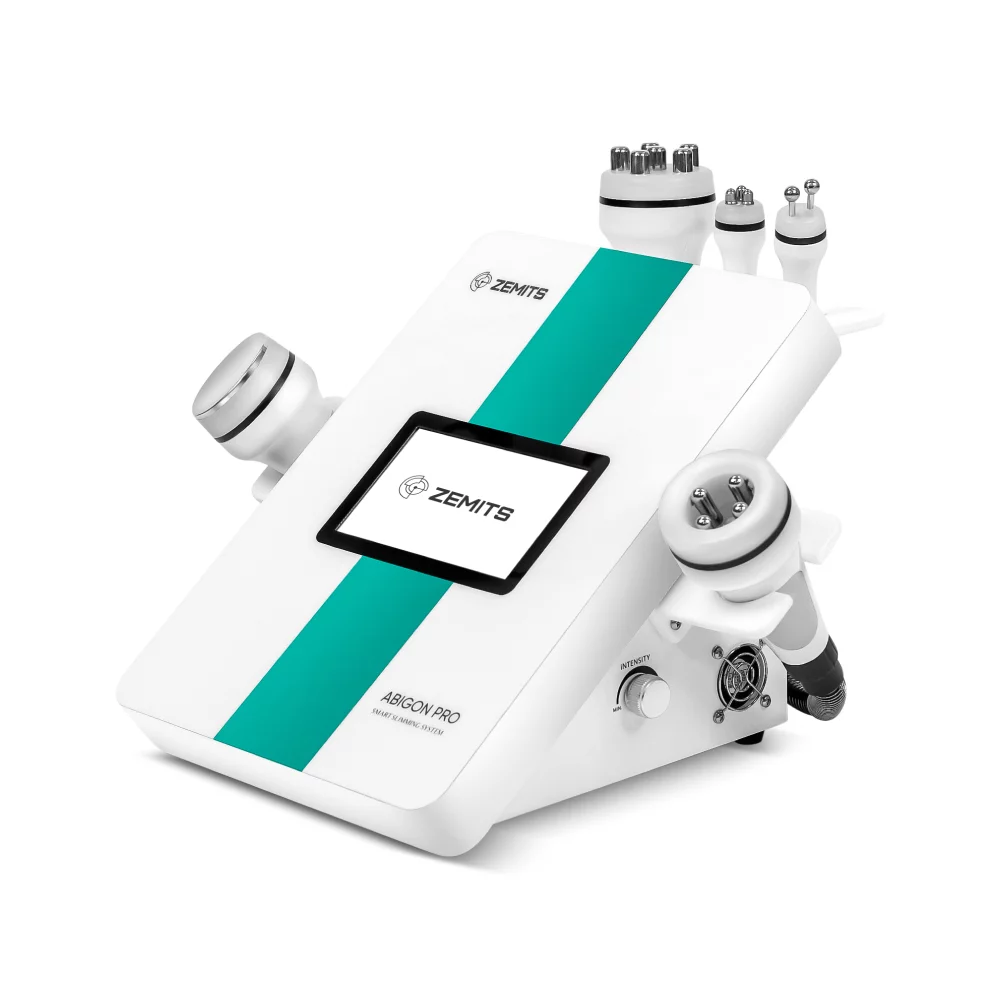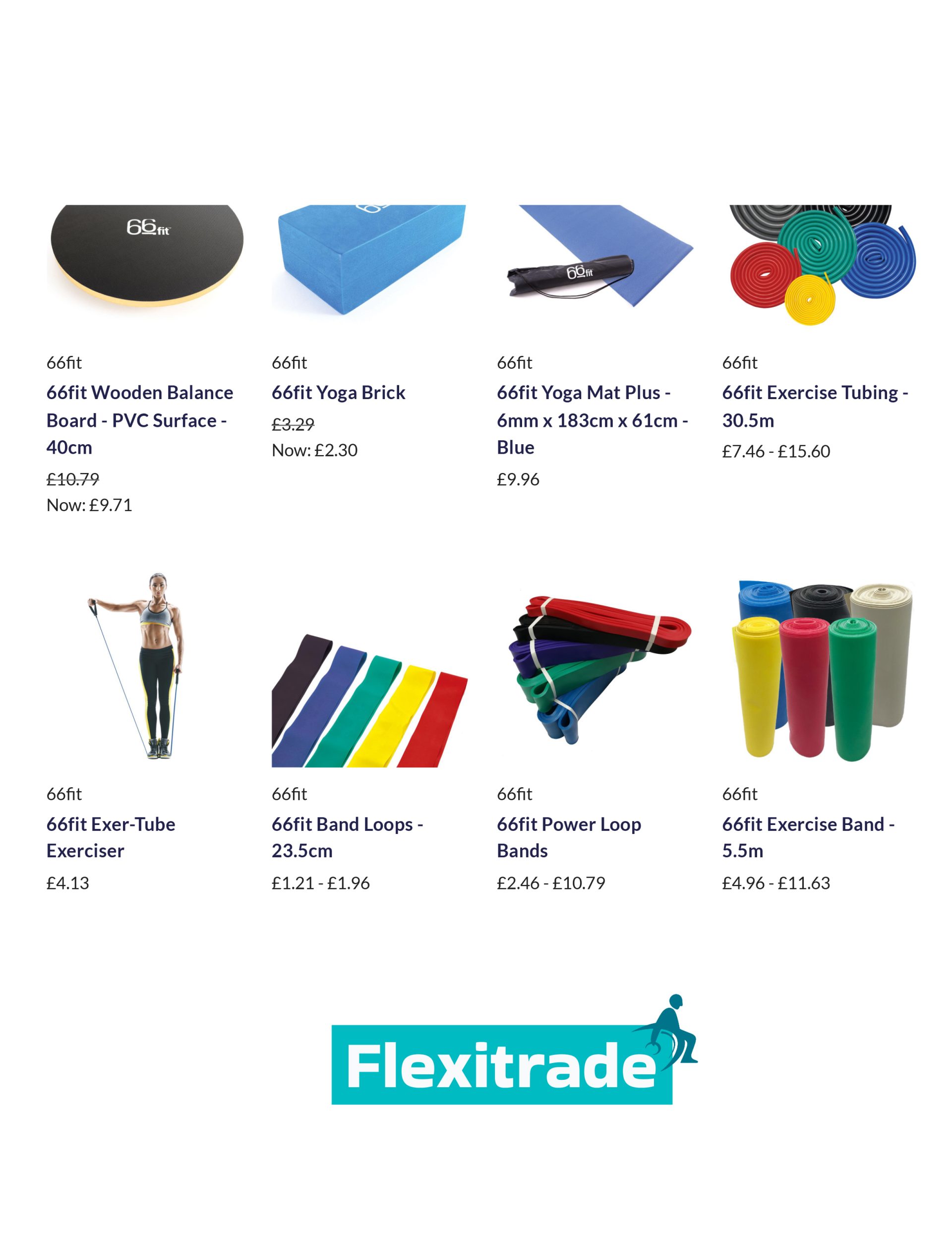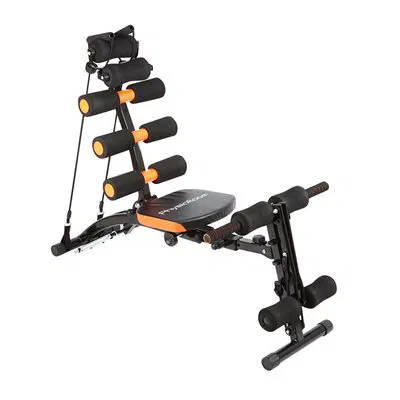RECOMMENDED PRODUCTS
Essential Physical Therapy Tools
Exercise Mats:
Exercise mats are a foundational element for any physical therapy practice. They provide a safe, cushioned surface that supports patients during exercises. Ideally, these mats should strike a balance between firmness for stability and softness for comfort.
Resistance Bands:
Resistance bands are versatile tools that aid in building strength and improving flexibility. Available in various resistance levels, they enable therapists to gradually increase exercise intensity, supporting patients at different stages of recovery.
Strength Training Equipment
Free Weights:
Incorporating free weights like dumbbells and barbells is crucial for developing muscle strength and endurance. A range of weights is essential to accommodate patients with varying rehabilitation requirements.
Weight Machines:
Weight machines offer targeted strength training for specific muscle groups. With adjustable resistance levels, machines like the leg press and chest press are commonly used to facilitate safe and controlled strength training for the upper and lower body.
Cardiovascular Equipment
Treadmills:
Treadmills are valuable for enhancing cardiovascular health and assisting in the recovery of lower extremity injuries. Adjustable speed and incline settings allow for a gradual progression, making them suitable for patients at different fitness levels.
Stationary Bicycles:
Stationary bikes, both recumbent and upright, provide low-impact cardiovascular workouts. These bikes are ideal for patients who need to minimize joint strain while strengthening leg muscles and improving endurance.
Mobility Enhancement Tools
Balance Equipment:
Balance tools such as wobble boards and balance pads are vital for restoring balance and coordination. They are particularly effective for improving proprioception and helping patients prevent falls.
Walking Assist Devices:
Devices like walkers and canes are essential for patients relearning to walk or those recovering from injuries. They provide the necessary support to enhance mobility and ensure stability during early recovery phases.
Specialized Physical Therapy Devices
Ultrasound Machines:
Ultrasound machines play a key role in facilitating healing by delivering sound waves deep into muscle tissues. These devices help reduce pain, increase blood flow, and soften scar tissue, making them effective for treating soft tissue injuries.
Electrical Stimulation Devices:
Electrical stimulation devices, such as Transcutaneous Electrical Nerve Stimulation (TENS) units, are valuable for pain management. By delivering gentle electrical pulses, they help alleviate pain, which is critical for patients in the acute recovery stages.
Recovery and Relaxation Tools
Hot and Cold Packs:
These packs are essential for managing inflammation and aiding muscle relaxation. Proper use can enhance patient comfort and speed up the healing process.
Massage Equipment:
Massage tools, ranging from handheld devices to larger electric massagers, aid in muscle relaxation and promote blood circulation. They are beneficial for reducing patient discomfort and accelerating recovery.
Evaluative and Diagnostic Tools
Goniometers:
Goniometers are essential for accurately measuring joint range of motion. This helps therapists assess progress and develop tailored treatment plans.
Dynamometers:
Dynamometers measure muscle strength, providing essential data to evaluate a patient’s functional abilities and tailor rehabilitation programs effectively.
Traction Table, Quadriceps Table, Shoulder Cum Wrist Exerciser,Shoulder Wheel
Shoulder Pulley, Abduction Ladder, Supinator Pronator, Wrist Roller Aluminum
Wrist Circumductor, Gym Kit Board, Grip Exerciser, Hand Exerciser Table
Arm Chest Exerciser, Peg Board (Round/Square/Multi shape)
Ankle Exerciser, Heel Exerciser, Rowing Machine Cum Sliding Seat, Static Cycle, Pad O Cycle
Activator, Multi Exercise Therapy, Multipurpose Exercise Chair, Staircase (Straight/Corner)
Parallel Bar, Goniometer, Postural Mirror with Stand, Medicine Ball Set
Dumbell Stand, Cuff Weight Set, Infra Red Lamp Table/Floor, Ultra Voilet Lamp
Suspension Frame, Tilt Table (Manual / Motorized), Physioball,Bolster
Resistive Exercise Band, Resistive Exercise Tube, Treatment Couch
Physiotherapy is highly effective for the holistic treatment of various disorders, injuries, and diseases. It not only helps manage symptoms but also enhances strength, endurance, function, and mobility in affected areas. Given the hectic lifestyles many people lead today, physiotherapy plays an increasingly important role in managing stress and lifestyle-related conditions like anxiety, back pain, stress headaches, neck pain, and obesity.
Physiotherapy treatments utilize a range of equipment, with some used in clinical settings and others designed for home use during in-home physio sessions. The appropriate equipment significantly optimizes recovery and supports long-term health.
Common Physiotherapy Equipment and Their Benefits in 2024
The type of physiotherapy equipment used depends on your specific treatment needs. Some tools are essential for performing daily activities without discomfort, while others assist caregivers in providing better care. Additionally, some equipment supports fitness, restores mobility, and alleviates pain.
Types of Physiotherapy Equipment and Their Uses:
1. Mobility Equipment:
Mobility aids are essential for those who experience difficulty walking, are prone to falls, or are recovering from injuries. These devices are designed to help with:
2. Electrical Muscle Stimulation (EMS) Equipment:
EMS devices are used in electrotherapy for patients with severely weakened muscles due to accidents, strokes, or spinal cord injuries. This equipment helps with:
3. Hot and Cold Therapy Equipment:
Hot and cold therapy is beneficial for people with injuries, arthritis, or conditions that restrict movement. This equipment helps with:
4. Massage Therapy Equipment:
Massage therapy is ideal for individuals dealing with stress, anxiety, or chronic pain from arthritis. Massage equipment supports:
5. Ultrasound Therapy Equipment:
Ultrasound therapy uses sound waves and vibrations to treat muscle injuries, pain, and stiffness. It is tailored based on frequency levels and specific treatment needs. Benefits include:
Proudly powered by WordPress












































